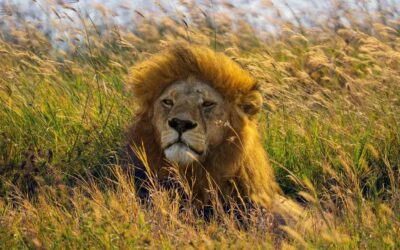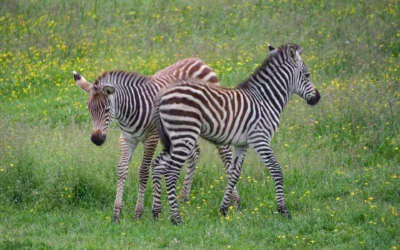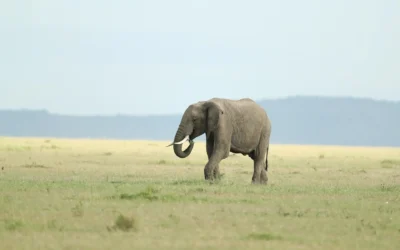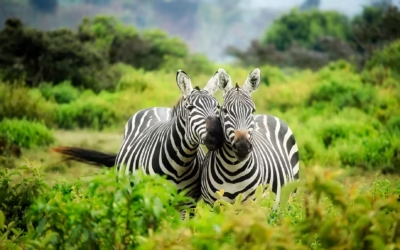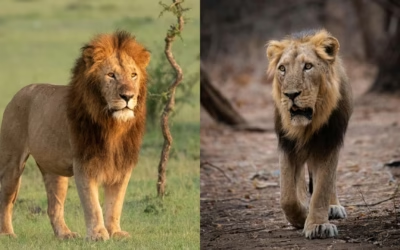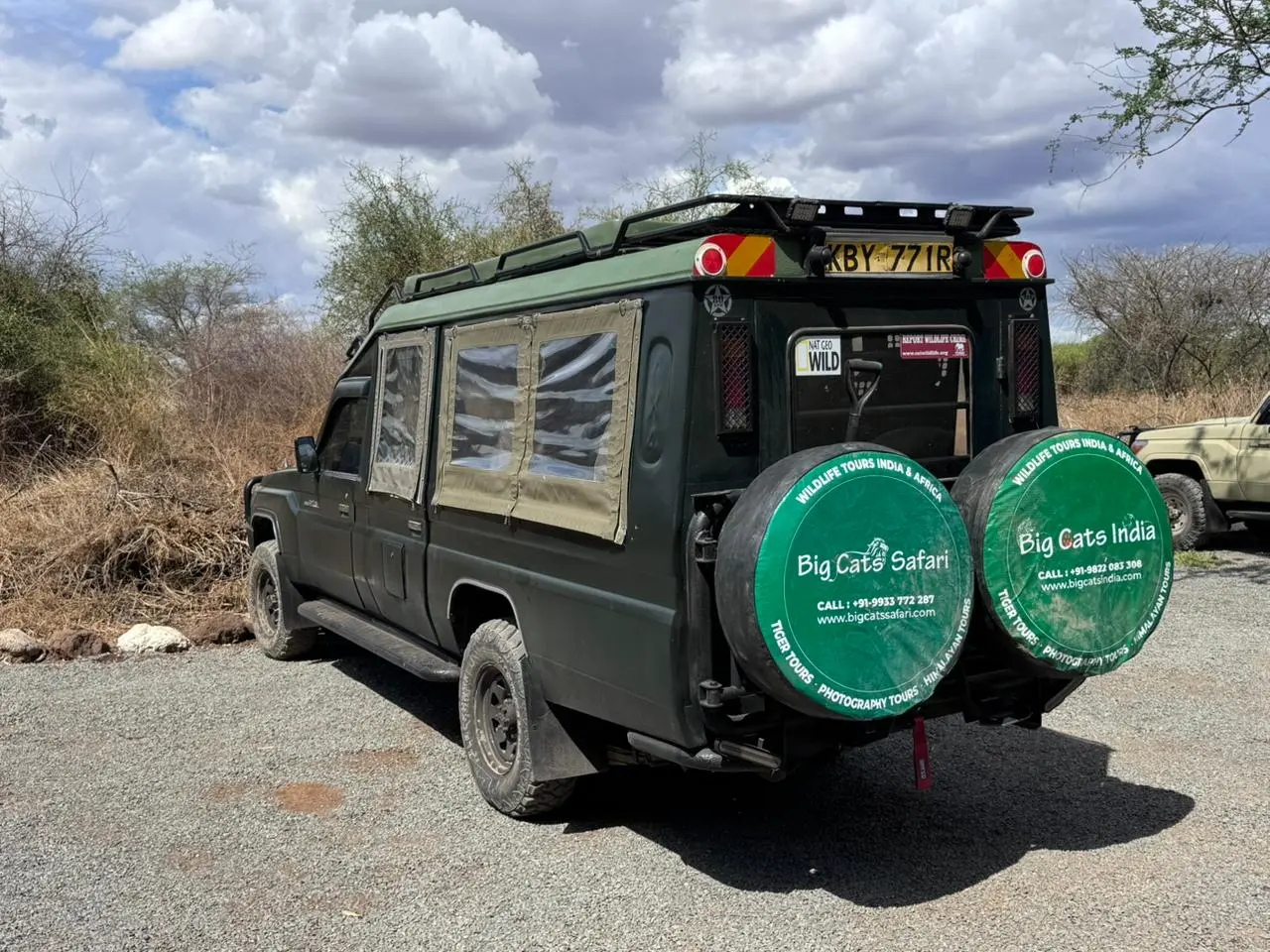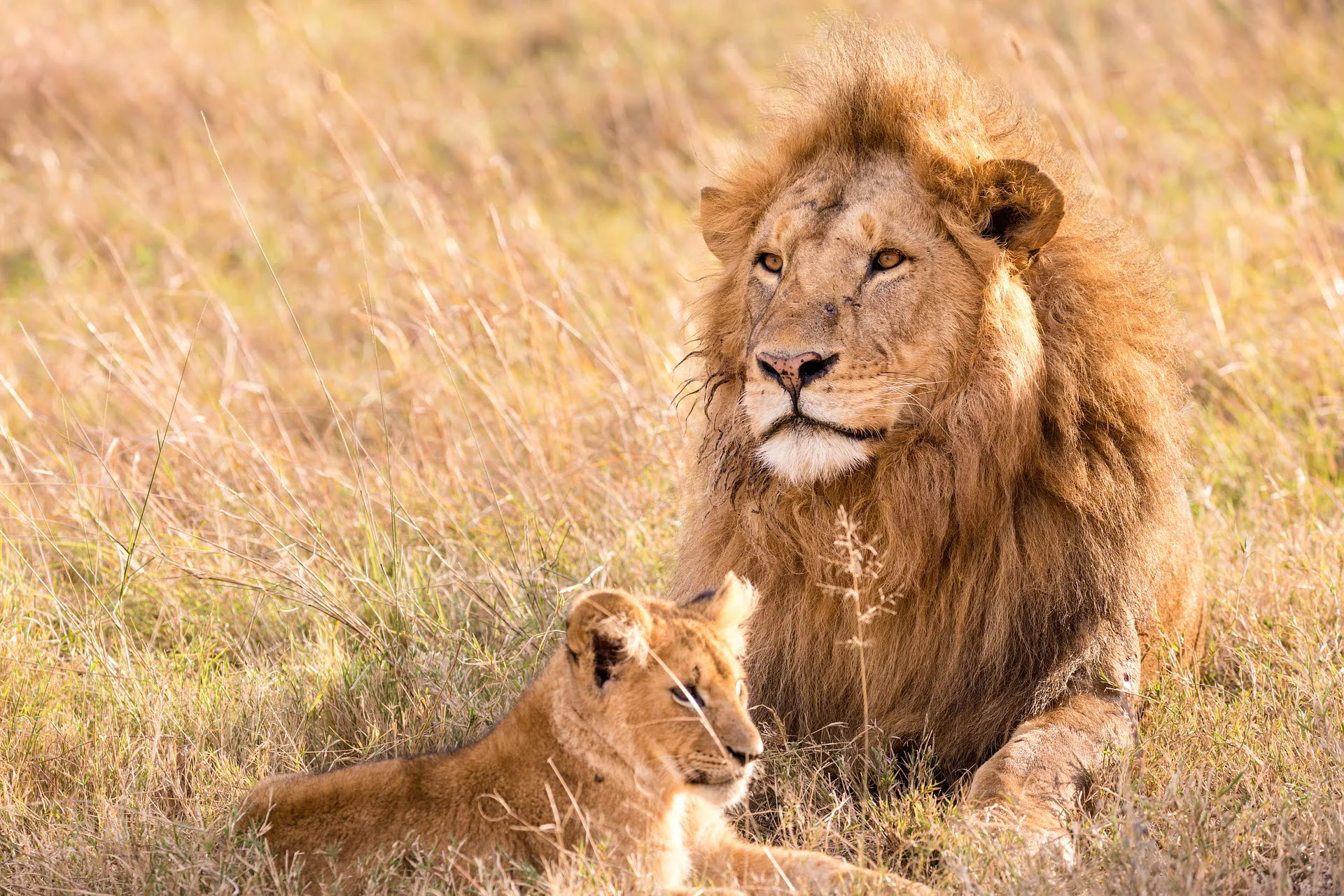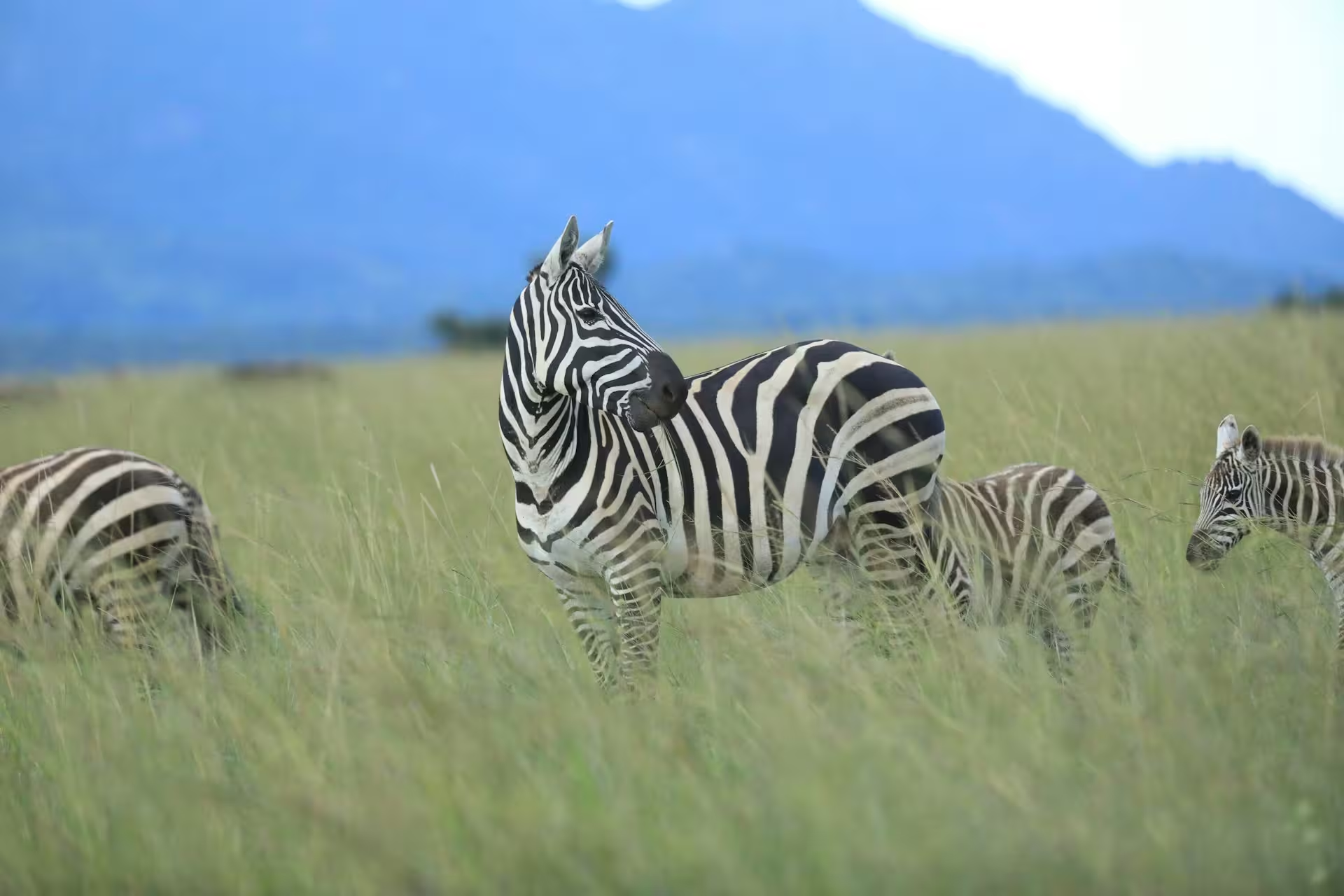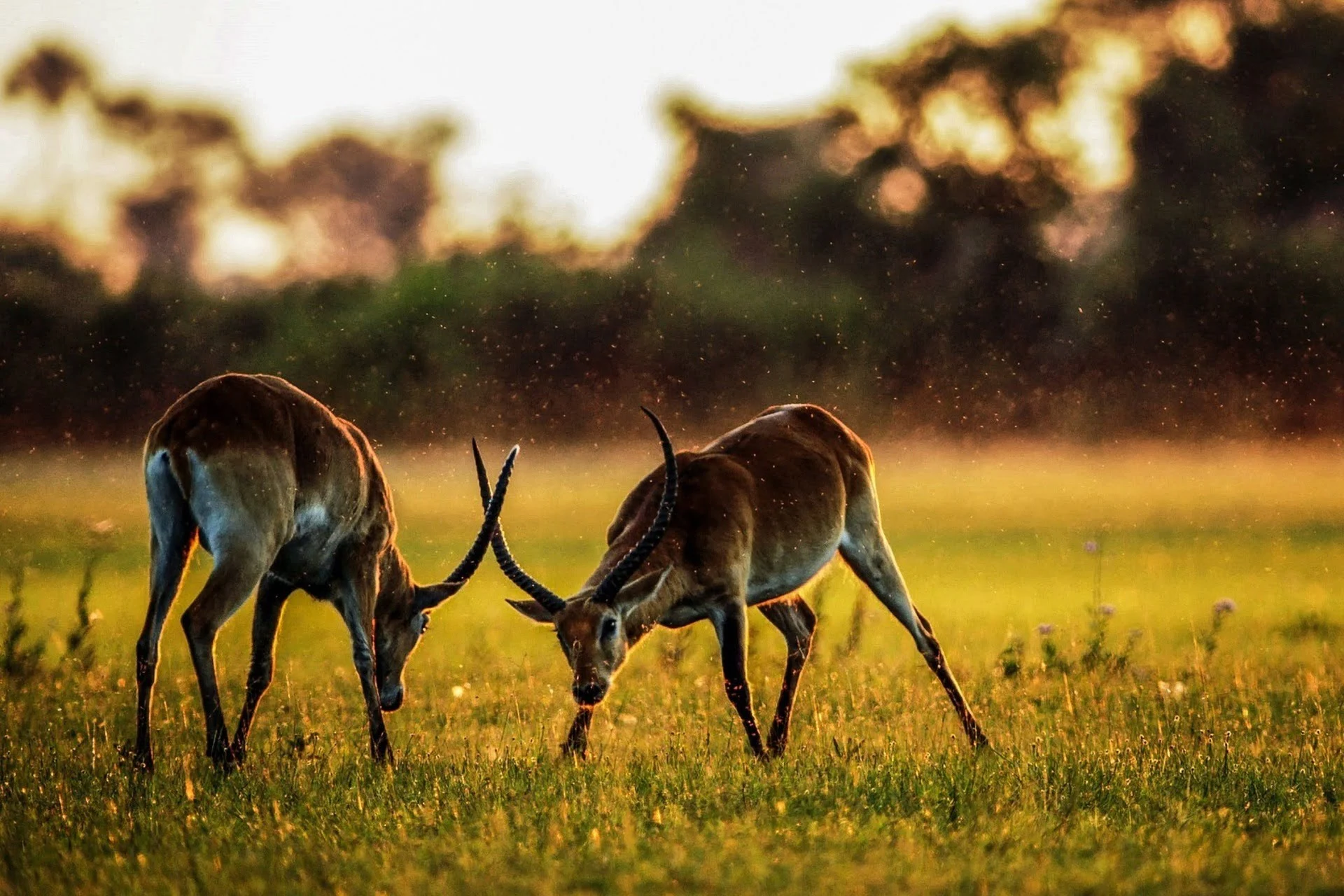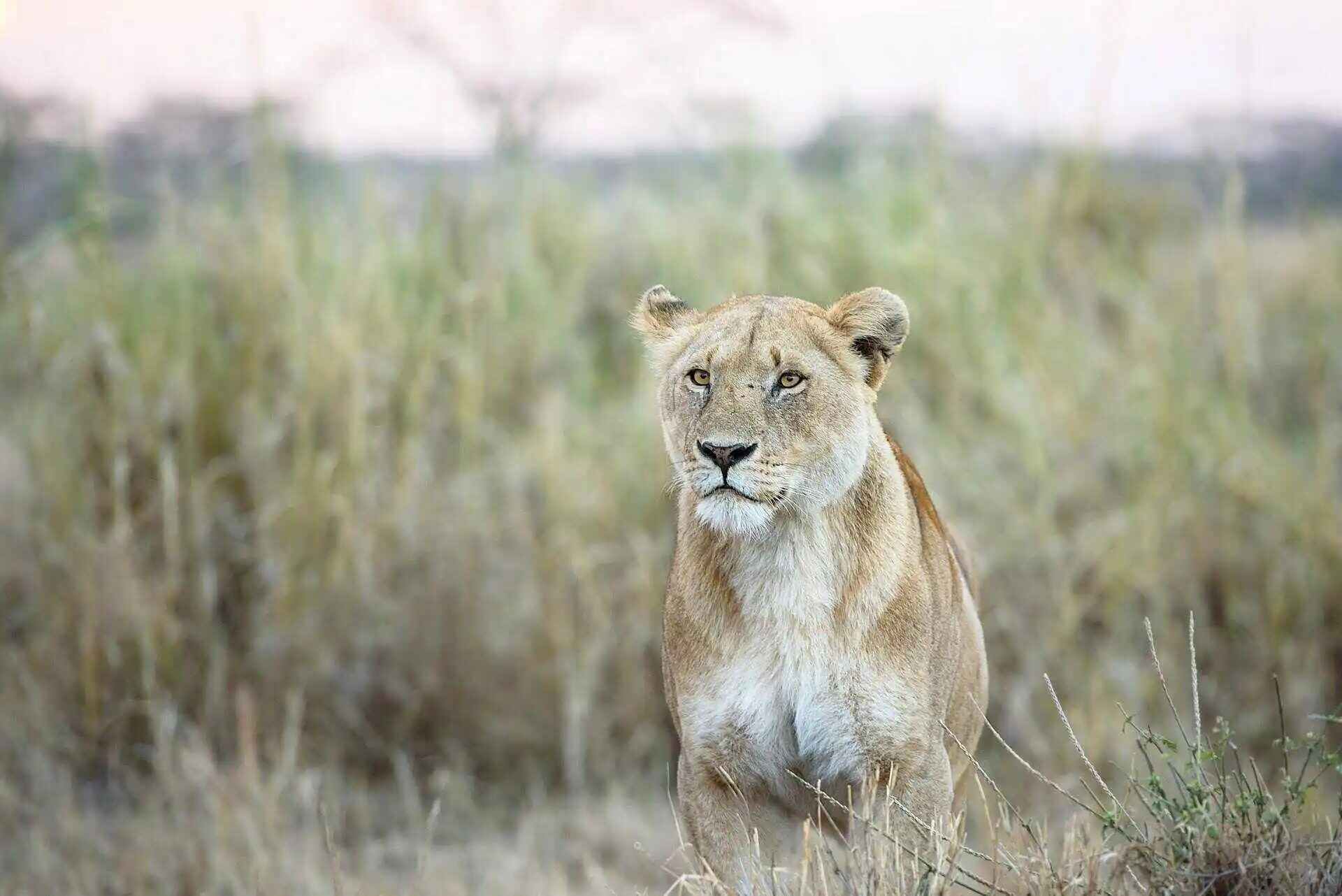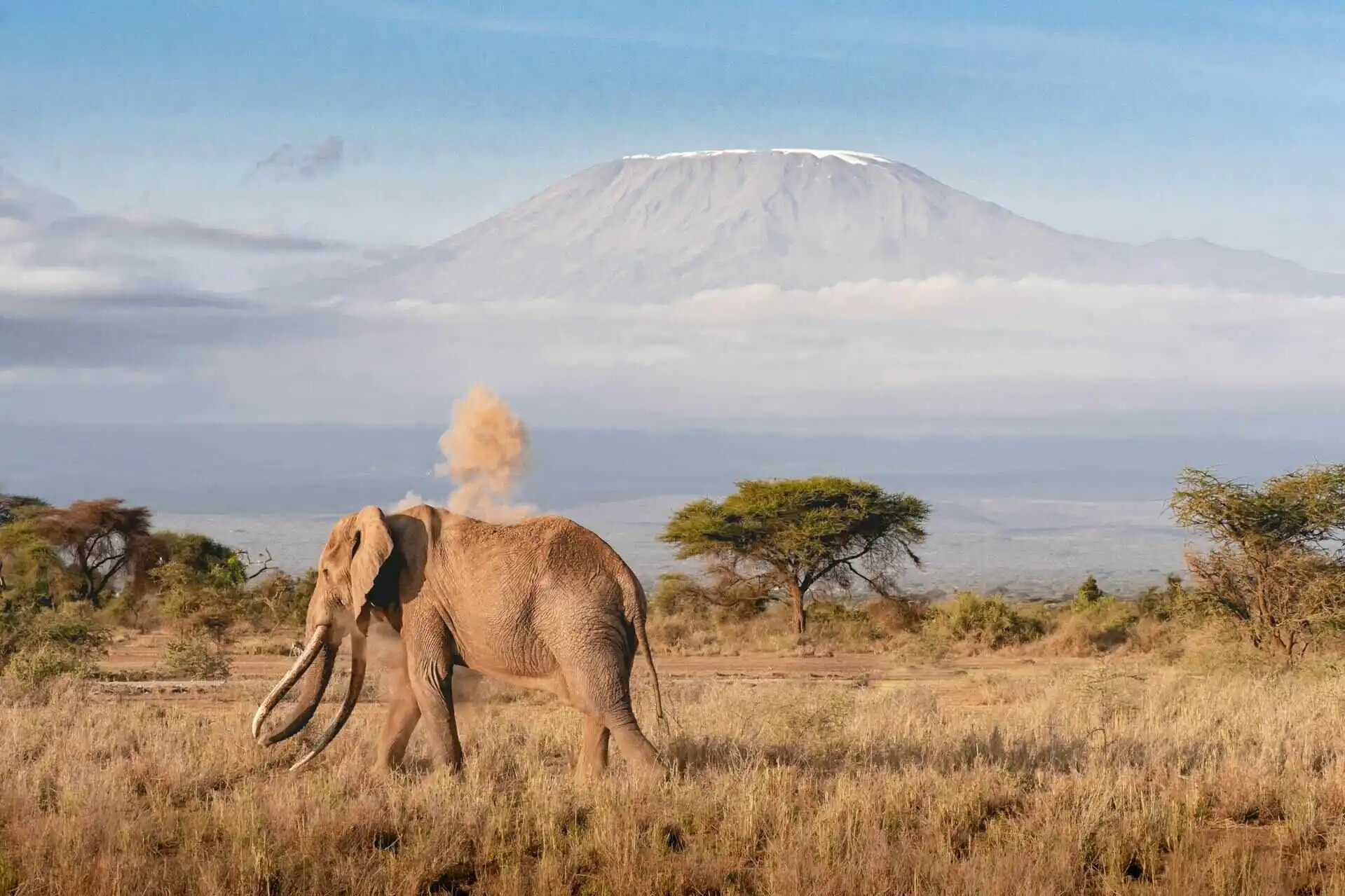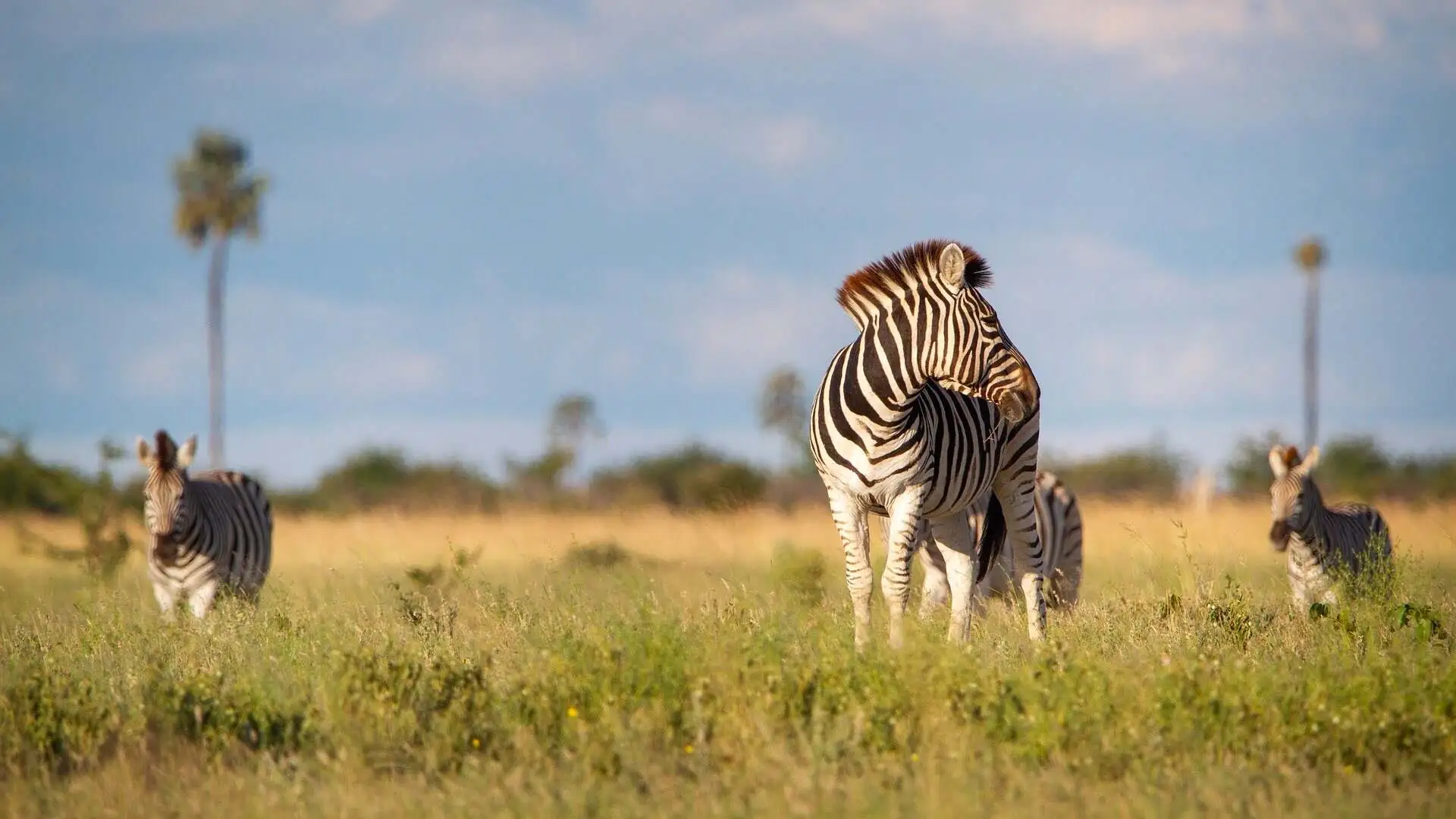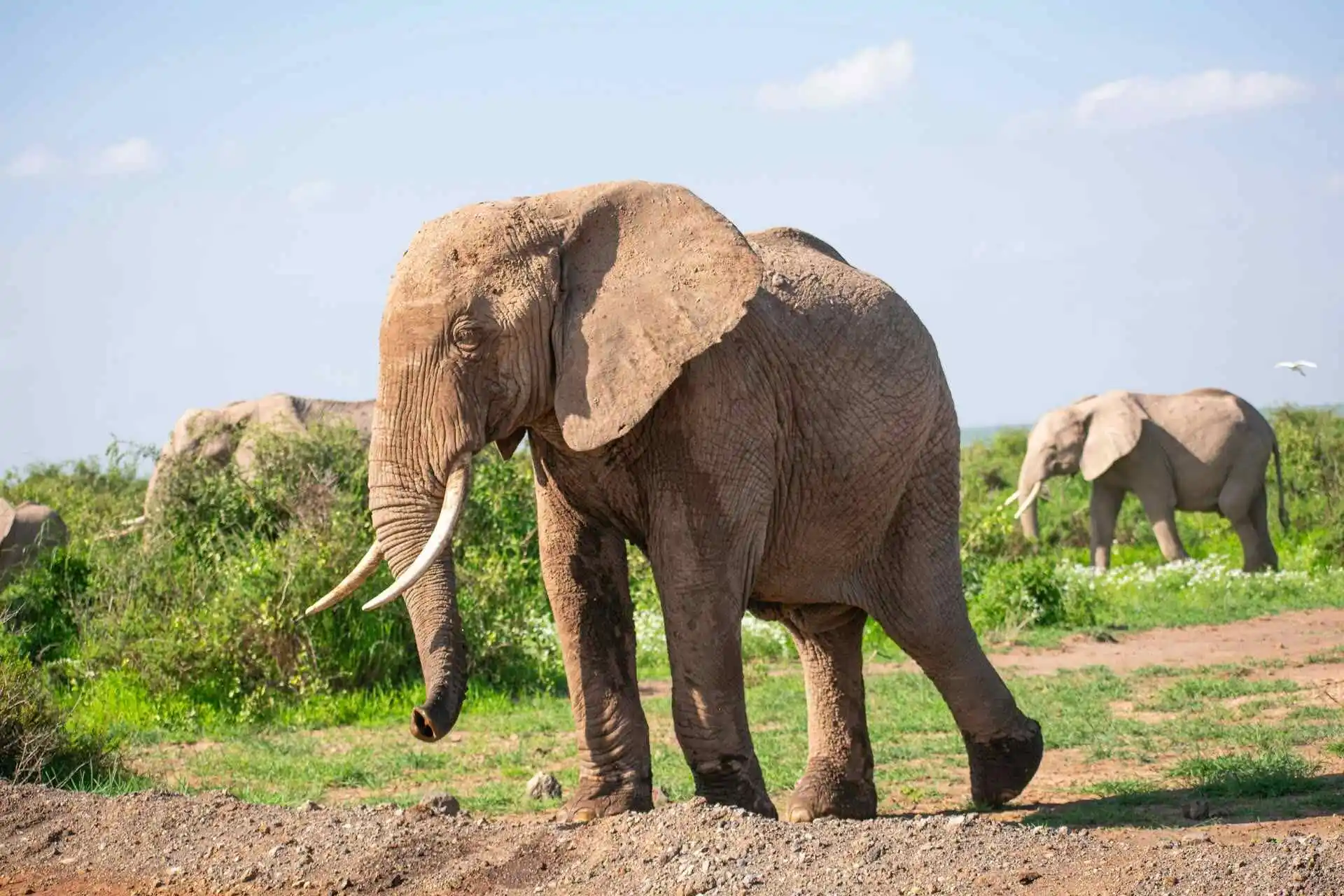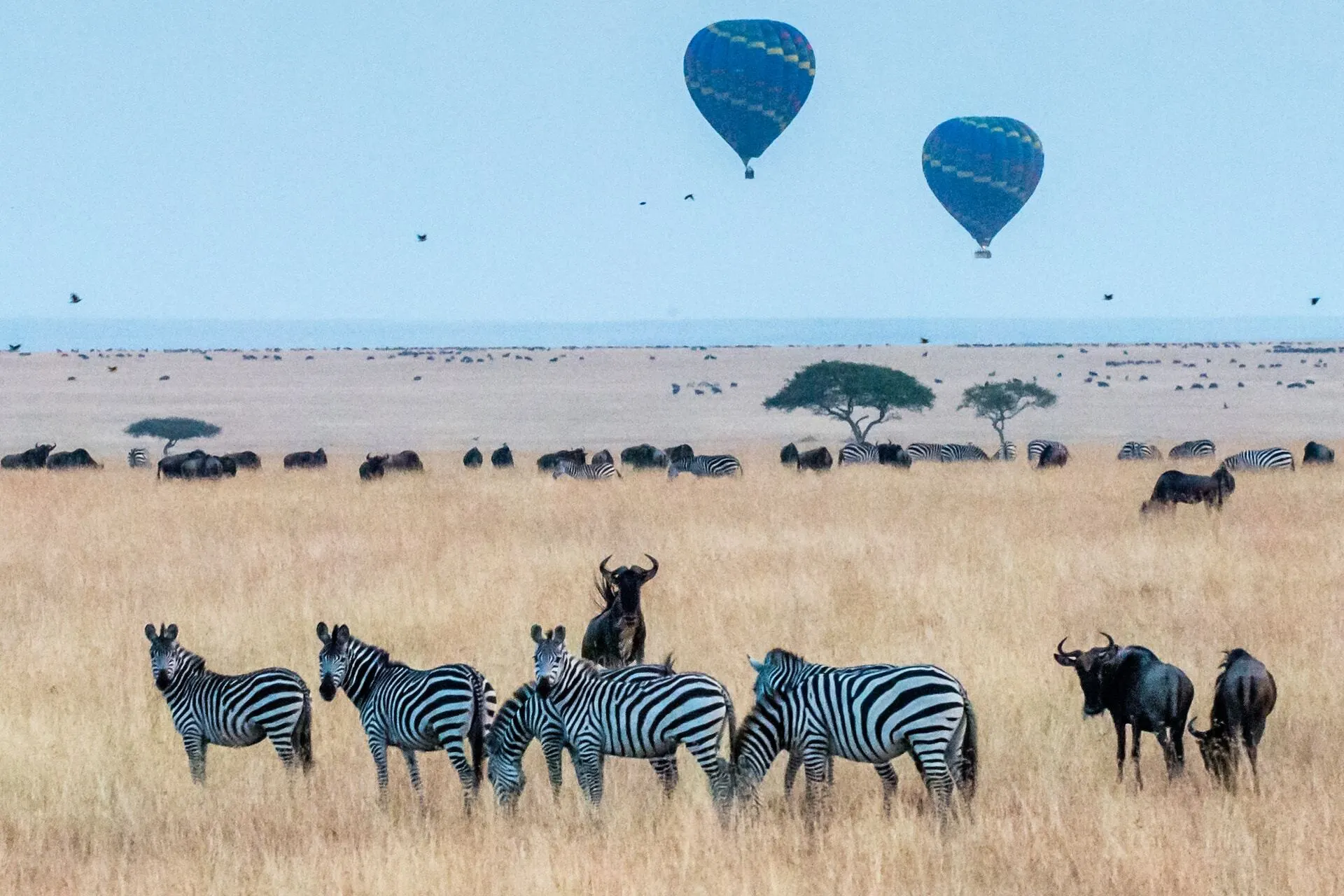Time is running out and these species cannot wait. Africa’s wild beauty is legendary. But behind the postcard perfect safaris and National Geographic scenes, many of its most iconic animals are hanging by a thread.
Poaching, habitat destruction, and climate change are pushing these species to the edge of extinction. Some are already ghosts in their own lands, seen by only the lucky few. The good news here is it is not too late. Yet, we need to act now.
Here are 10 endangered African species that urgently need protection because losing them means losing an important part of Africa’s soul.
The Top 10 List of 10 Endangered Species in Africa that Needs Protection
Animals are mother Earth’s best gift to us. We must learn to protect them in their natural habitat. Here are the list of top 10 endangered species that need urgent protection.
1. Ethiopian Wolf
One of Africa’s rarest predators with its fiery red coat and sharp profile. The Ethiopian wolf is found nowhere else on Earth, only in the highlands of Ethiopia. These elusive canines roam grassy plateaus above 3,000 meters and heavily depend on rodents for food.
Why they are vanishing: Their homes are being swallowed up by farmland. Also, deadly diseases from domestic dogs are spreading fast.
How they are being saved: Vaccination campaigns and habitat protection projects are in place but the clock is ticking.
Where to spot them: Bale Mountains National Park, Ethiopia.
2. Black Rhino
A prehistoric giant under siege that are smaller and more aggressive than the white rhino. The black rhino is known for its curved upper lip and solitary lifestyle. But today, they are critically endangered because of the illegal horn trade.
Why they are vanishing: Poaching has wiped out over 95% of their population in just a few decades.
How they are being saved: Anti-poaching units, dehorning programs, and secure wildlife reserves are keeping the hope alive.
Where to spot them: Serengeti (Tanzania), Etosha National Park (Namibia), Hluhluwe-iMfolozi Park (South Africa).
Read More About Rhinoceros

3. Dama Gazelle
They are elegance on the edge with slender legs, a graceful leap, and a snow-white body with coppery markings. The dama gazelle is one of Africa’s rarest antelopes that were once roaming freely across the Sahel.
Why they are vanishing: Overhunting and shrinking habitats have left fewer than 100 in the wild.
How they are being saved: Captive breeding and protected reserves are trying to turn the tide.
Where to spot them: Guembeul Reserve in Senegal, Termit & Tin Toumma in Niger.
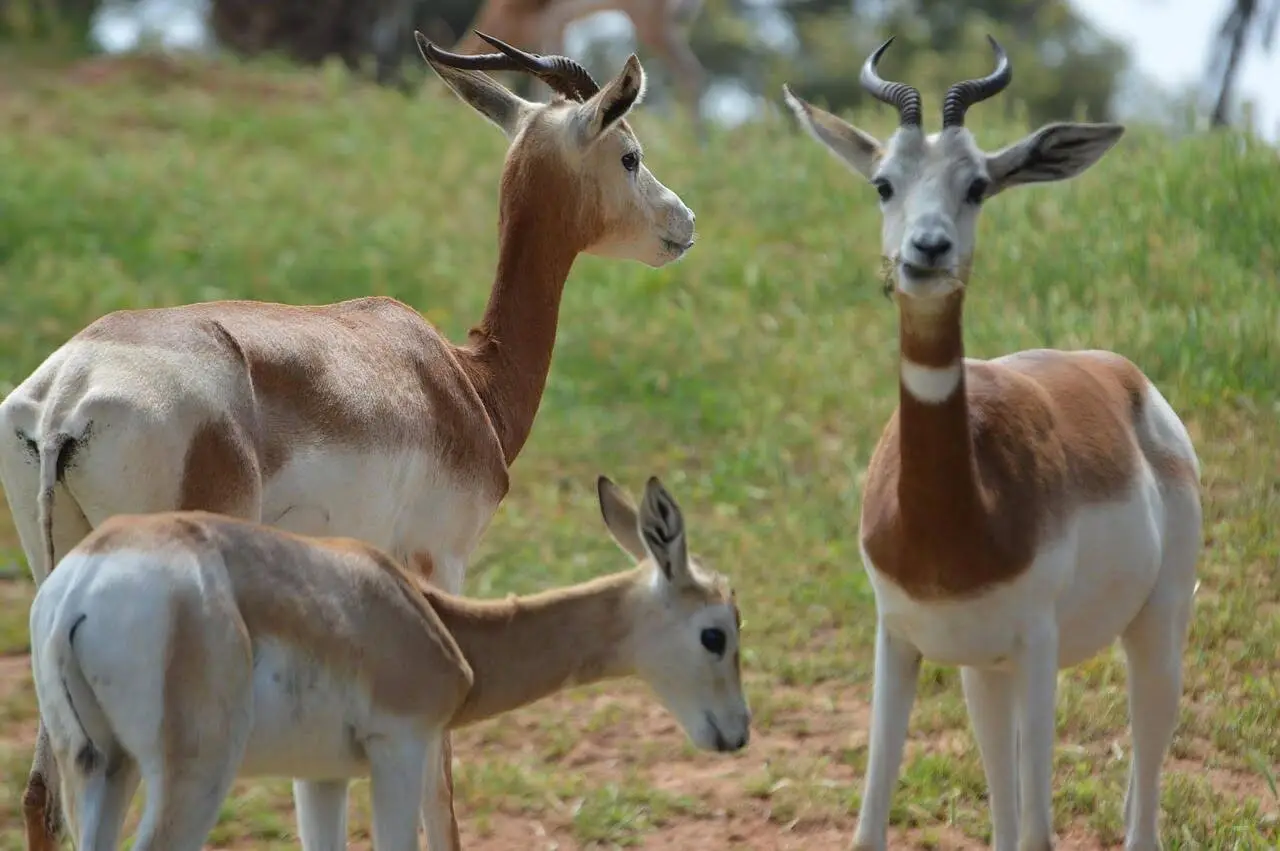
4. African Wild Dog
One of Africa’s most underrated predators. These highly social hunters with patchwork coats and giant ears are among Africa’s most efficient predators. But they have lost over 90% of their historic range.
Why they are vanishing: Human conflict, road kills, and disappearing habitat have reduced their numbers.
How they are being saved: Conservation corridors, education campaigns, and strict protection are helping bring packs back.
Where to spot them: Botswana’s Moremi Reserve, Mana Pools in Zimbabwe and Lower Zambezi in Zambia.
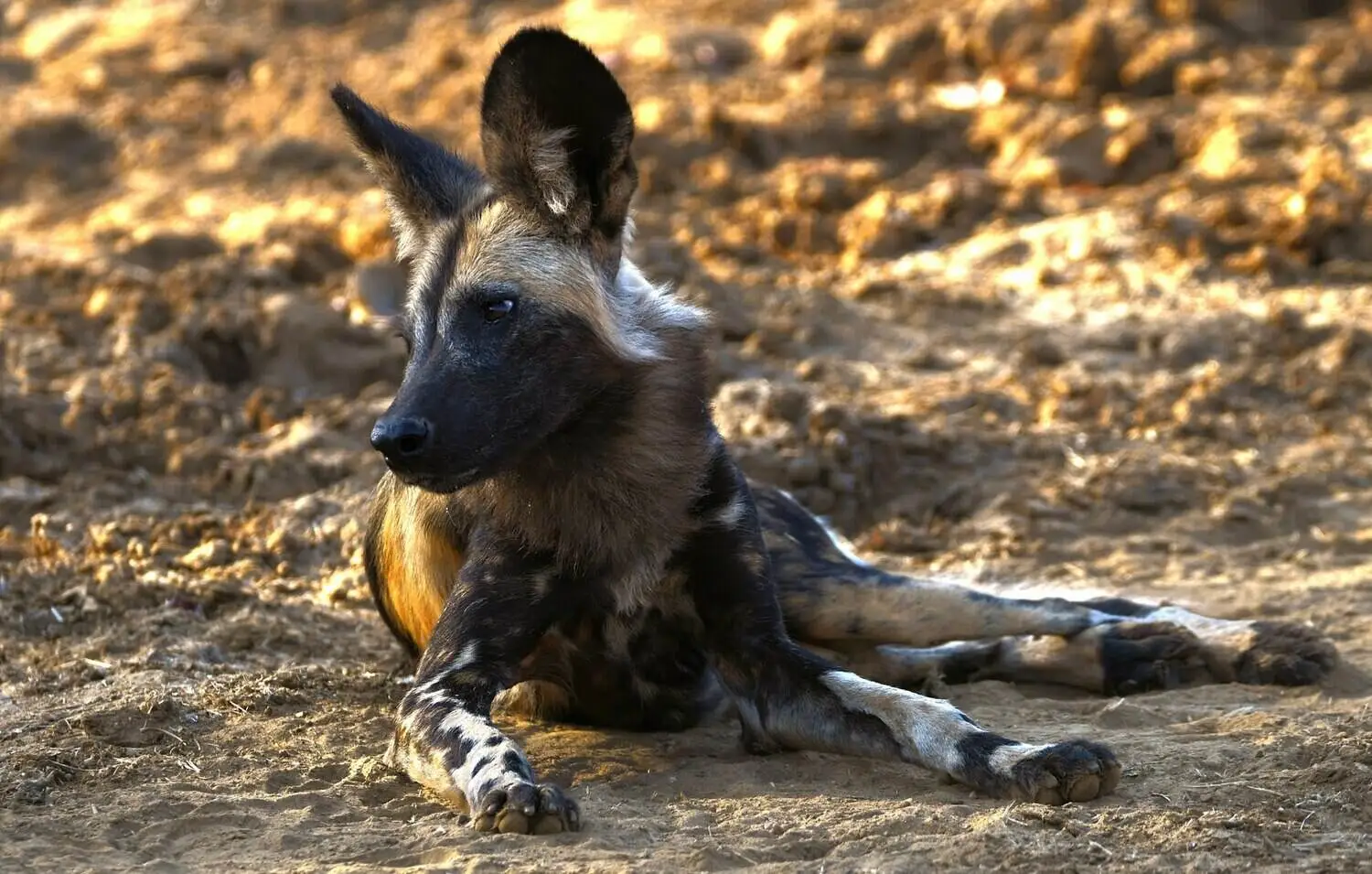
5. Cheetah
The fastest land animal and one of the most fragile. They can hit 75 mph in seconds, but speed cannot outrun habitat loss. Cheetahs need vast, open land to hunt and that land is disappearing fast.
Why they are vanishing: Farming, fences, and illegal trade are shrinking their world.
How they are being saved: Protected areas, breeding programs, and conflict prevention are helping stabilize numbers.
Where to spot them: Serengeti in Tanzania and Kgalagadi Transfrontier Park in South Africa & Botswana.
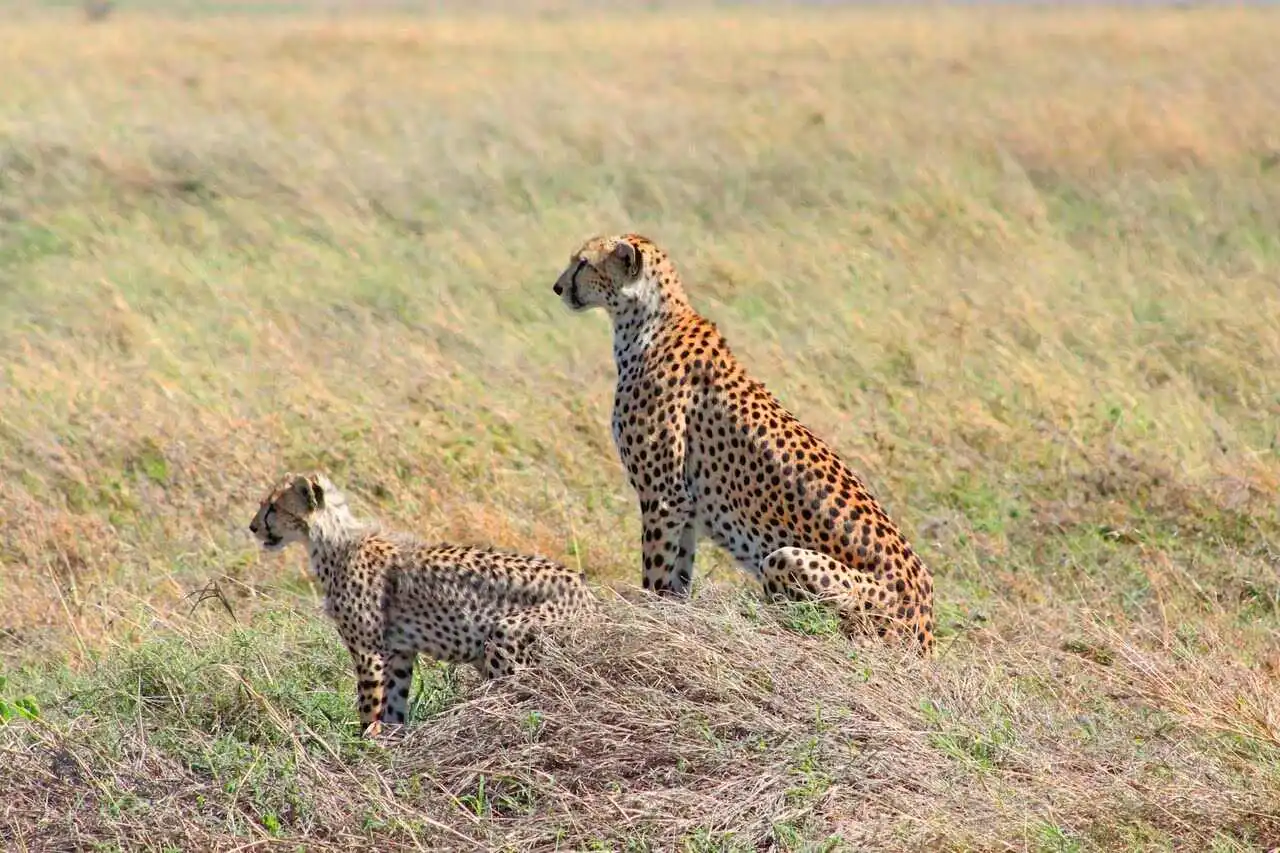
6. Pangolin
The most trafficked mammal you will never see. Covered in armour like scales, pangolins are shy, solitary, and incredibly important. They control insect populations naturally. Yet, they are disappearing fast.
Why they are vanishing: Their scales and meat are in high demand on the black market.
How they are being saved: Stricter enforcement, public education, and rehabilitation centres are stepping up.
Where to spot them: Tswalu Kalahari Reserve in South Africa and Mole National Park in Ghana.
7. Mountain Gorilla
Our close cousins that are in danger. With soulful eyes and strong family bonds, mountain gorillas share nearly 98% of our DNA. They live in the misty forests of Central Africa and have slowly started to bounce back, but danger still lurks.
Why they are vanishing: Poaching, disease, and habitat loss are ongoing threats.
How they are being saved: Eco-tourism and rigorous protection have helped populations grow that is a rare conservation success.
Where to spot them: Bwindi Impenetrable Forest in Uganda and Volcanoes National Park in Rwanda.
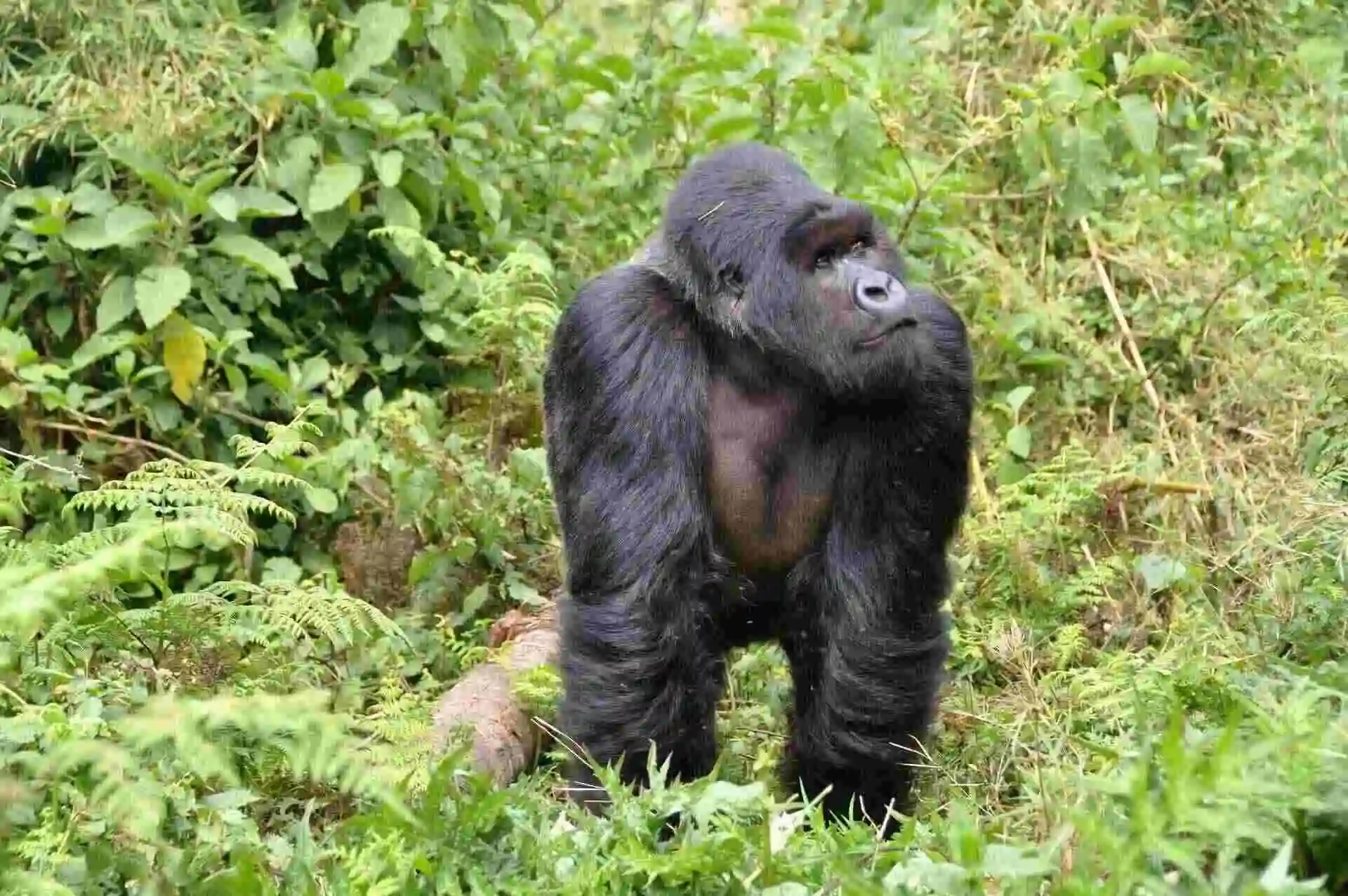
8. Addax (White Antelope)
White antelope which is a desert survivor on the brink. The addax is built for desert life who are going for months without drinking water and blending perfectly into its sandy surroundings. But its numbers are decreasing.
Why they are vanishing: Hunting and development have nearly erased them from the wild.
How they are being saved: Breeding programs and rewilding efforts are giving them a second chance.
Where to spot them: Ouadi Rime-Ouadi Achim Reserve in Chad and conservation centres across Africa.

9. Shoebill Stork
A living dinosaur with an attitude. This massive bird with a comically oversized bill and steely stare might just be the weirdest and coolest creature in Africa’s wetlands.
Why they are vanishing: Wetland destruction and illegal pet trade are the main culprits.
How they are being saved: Protected swamp habitats and ethical tourism are part of the solution.
Where to spot them: Mabamba Swamp in Uganda and Bangweulu Wetlands in Zambia.
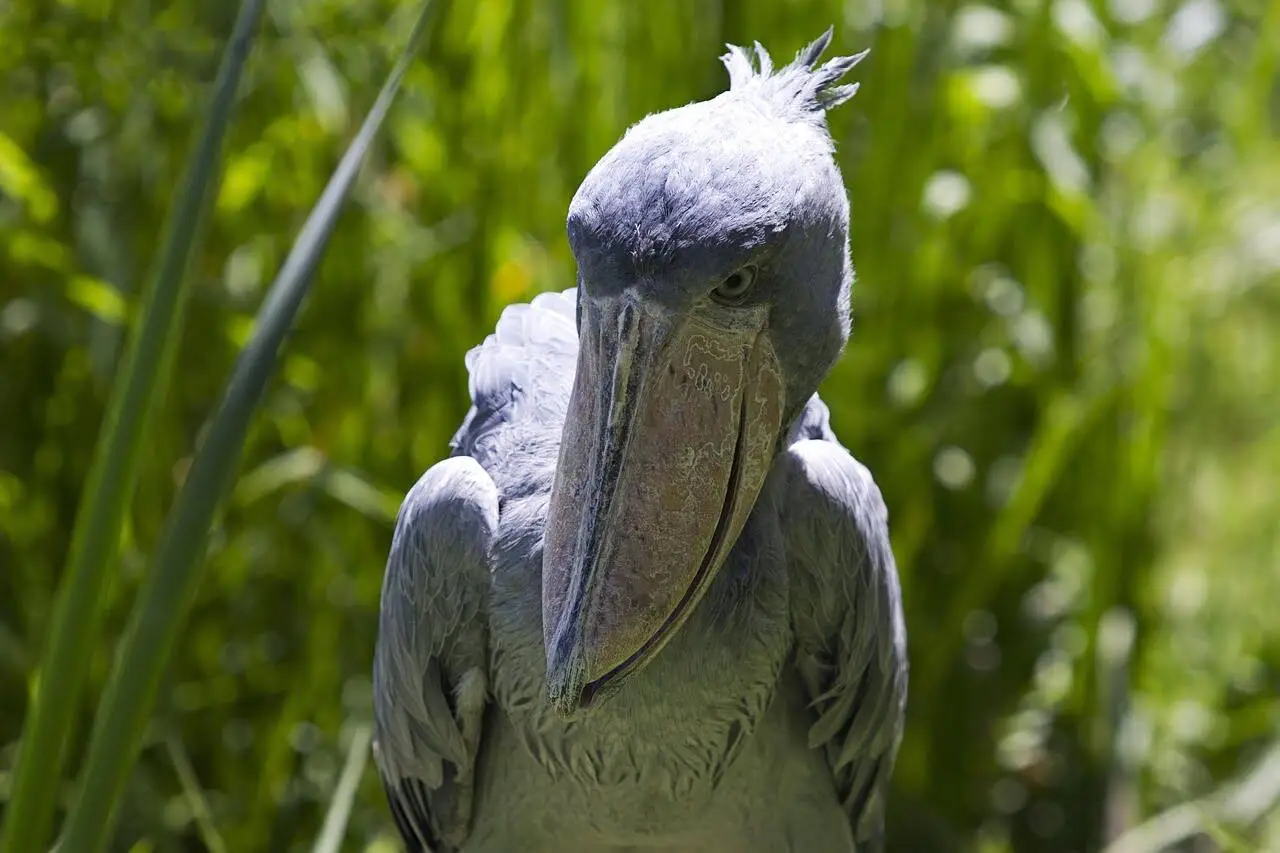
10. Hooded Vulture
Nature’s cleanup crew is disappearing. Often seen soaring above villages or perched near roadkill, these small scavengers are necessary for keeping ecosystems clean. Now, they are declining soon.
Why they are vanishing: Poisoning, poaching, and land use changes are wiping them out.
How they are being saved: Conservationists are tackling poisoning and running emergency breeding programs.
Where to spot them: Kruger National Park in South Africa and Chobe National Park in Botswana.

Every Wildlife Species Matter
Africa’s wildlife is not just beautiful but is a necessity. These animals keep ecosystems in balance. They drive tourism and inspire wonder. And right now, they need our voice. So, support local conservation groups. Say no to illegal wildlife products. Spread awareness. Because if we lose them, we lose more than animals. We lose stories, history, and irreplaceable parts of our world. It is not too late to protect what’s left. But we have to act now.

